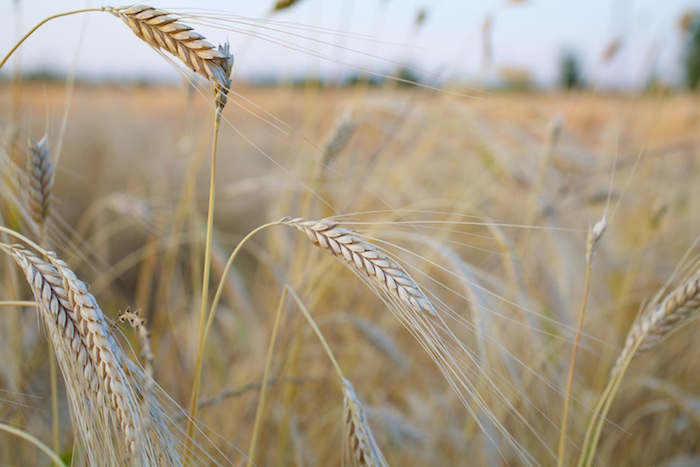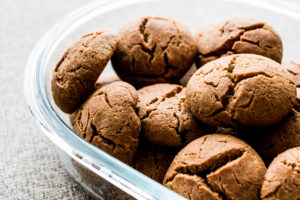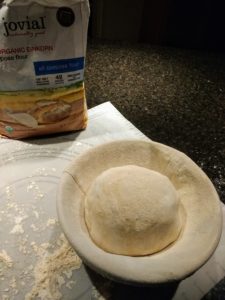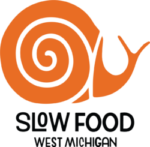Einkorn: Wheat As Nature Intended

Wheat is getting a bad rap these days. With gluten sensitivity on the rise and fad diets encouraging folks to give up grains entirely, it is increasingly difficult for consumers to make educated decisions concerning their food choices. While there are nutritional benefits to fresh bread, either homemade or from a bakery, what can be said for the wheat itself? Is there in fact a “better” wheat?
Let’s Take a Closer Look at Einkorn Wheat
10,000 years ago in the Fertile Crescent, our ancient ancestors began to transition away from the traditional ways of hunting and gathering, and started to set down roots, literally. With agriculture came a whole new way of living and communicating with the land, no longer merely gathering and moving on, but truly studying topography and experimenting with soil conditions, monitoring the successes and failures of annual plantings, and measuring the sustainability of certain crops. A popular grain harvested for thousands of years prior, einkorn wheat (triticum monococcum) became one of the first crops ever to be cultivated.
 In response to supply and demand, over the centuries einkorn was hybridized to match the desire for a crop that could grow fast and yield large results. Our modern wheat, scientifically modified to withstand repeated applications of toxins and fertilizer, bears little resemblance to its original powerhouse grain. Today’s wheat has six sets of chromosomes as opposed to einkorn’s two sets, a marked difference which ultimately means that einkorn contains 30% more protein, more trace minerals and B vitamin, fewer carbs, and is higher in fiber as well as protective antioxidants such as lutein. In addition, the DNA structure itself aids in the digestion of gluten—very good news indeed for those who are gluten-sensitive.
In response to supply and demand, over the centuries einkorn was hybridized to match the desire for a crop that could grow fast and yield large results. Our modern wheat, scientifically modified to withstand repeated applications of toxins and fertilizer, bears little resemblance to its original powerhouse grain. Today’s wheat has six sets of chromosomes as opposed to einkorn’s two sets, a marked difference which ultimately means that einkorn contains 30% more protein, more trace minerals and B vitamin, fewer carbs, and is higher in fiber as well as protective antioxidants such as lutein. In addition, the DNA structure itself aids in the digestion of gluten—very good news indeed for those who are gluten-sensitive.
I first came across einkorn when researching for a wheat-alternative that wasn’t overly processed or nutritionally bereft. We are a family obsessed with bread—breakfast is inconceivable without jam on toast, no lunch complete without a heel of bread to dip in the soup, and dinner seems less satisfying without the ubiquitous side of bread dressed with olive oil and a quick grind of salt. Originally intending to use einkorn only to bake bread, I instead amassed a number of cookbooks which rather quickly and ultimately replaced nearly every recipe I had. As a result, while I can’t claim our cookies and cakes are healthy per se, they are not proactively harmful as if I were to bake them with modern flour. I also found I prefer the taste of einkorn, which, while undetectable in sweet baked goods, awards bread a rich, warm, almost nut-like flavor.
Since switching from modern flour to einkorn, I no longer experience what I used to consider the “normal” vague feelings of discomfort after eating wheat. As a parent, I love that I can feed my family the way nature intended: with a grain that nourishes rather than depletes. Mass scale farming demands a way of growing wheat which doesn’t allow for the slower growing and smaller harvests of einkorn, but I believe we owe it to our health as well as the health of our soil to seek out what is least harmful.
Where Can You Buy Einkorn Flour?

Einkorn flour can be purchased in select grocery stores, and ordered online directly from the handful of farmers across the globe who are working tirelessly to keep this important grain in our food supply. Jovial Foods is probably the most recognizable name as they have the largest acreage of einkorn fields worldwide (over 1,000 acres in Tuscany, Italy), and in addition to ground flour, they also offer a line of pasta, crackers and other foods for those who are looking for ready-made einkorn products. A quick internet search will uncover contact information for additional growers in the United States.
Let’s Get Baking!
If you’re new to einkorn and to baking bread, I’d recommend starting with the following recipe which is one of the least intimidating and most straightforward recipes I use:
No-Knead Overnight Artisan Loaf
From “Einkorn: Recipes for Nature’s Original Wheat” by Carla Bartolucci
2 cups warm water, at 100F
¼ teaspoon active dry yeast
6 cups einkorn flour, plus more for dusting
1 ½ teaspoons fine sea salt
- In a large bowl, mix together the water and yeast until dissolved and creamy. Add the flour and salt and mix until all of the flour is absorbed and you have a sticky dough. Cover the bowl with plastic wrap and let rise in a dark place for 10-15 hours until the dough has doubled in size.
- Generously flour a work surface and transfer the dough to it. Use a dough scraper to fold the dough into thirds, dusting with flour as you go, then cup the dough with both hands and rotate in a circular motion between your hands until you have a tight, round loaf. Dust the top of the dough generously with flour.
- Place a linen couche in a colander or proofing basket, heavily dusted with flour. Place the loaf seam side up, then fold over the linen to cover. Let proof at room temperature for 30 minutes.
- Place a Dutch oven with the lid in the oven. Preheat the oven to 500F for 30 minutes.
- Remove the pot from the oven and take off the lid. Invert the loaf and place it in the pot seam side down. Shake to center it, but if it sticks to the side, leave it. Cover and place in oven.
- Reduce the oven temperature to 450F and bake for 40 minutes. At this point you can remove the pot from the oven and take off the lid. If you like your loaf darker, return the uncovered pot to the oven for 5 minutes.
- Lift the loaf out of the pan with oven mitts. Place on a wire rack to cool for 2 hours before slicing. Wrap the loaf in a clean cotton or linen kitchen towel for up to 3 days, or freeze in a sealed plastic bag for up to 1 month.
References:
www.jovialfoods.com | Carla Bartolucci, Einkorn: Recipes for Nature’s Original Wheat (New York: Clarkson/Potter Publishers, 2015).

Author: Claire Armstrong writes at home in her favorite sunlit room overlooking soaring white pines and a small lake in beautiful southwest Michigan. When not writing, composing piano songs or reading, she can be found connecting people with their next favorite books at the local indie bookstore.
This is a guest blog article and does not necessarily reflect the views of Slow Food West Michigan.

Such an informative, inspirational, and well written story about an ancient food that should be in everyone’s kitchen today. I am looking forward hungrily to trying Claire’s recipe. Her fans are wondering what she will cook up next.
[…] Einkorn wheat (Triticum monococcum) – a relative of the commonly farmed version – was one of the earliest grains ever to be cultivated (Source: Slowfood West Michigan). […]